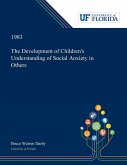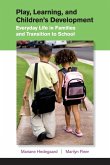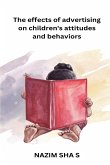Abstract: The purpose of this study was to explore the perceptions of war and peace of young American and German children. The sample consisted of 80 fourth graders, 40 from each country, chosen from urban schools, with an equal number of boys and girls. Each child was asked to take two photographs, one representing war and one peace, and was interviewed individually about the photographs, the sources of information regarding war and peace, the ideas about the future, the preferred source of comfort if worried about war, and whether and when education should be provided. All photographs were separated into five categories of peace, i.e., sanctuary, human, animals, nature, and other, and five categories of war, i.e., destruction, human, armaments, consequences of war, and other. The chi-square statistic was employed for analyses. The children's verbal responses were analyzed using percentages and z-statistics. Regarding war, significantly more German than American children saw war as "destruction" and "consequences of war" through photographs and verbal responses. Results indicated that both American and German children saw peace as tranquility and cooperation. No significant difference was found between German and American children's photographs and verbal expressions. The two groups did not differ on their major first source of information about war or peace. Children from both countries ranked "television" as their major source of information about war. "Mother" was ranked as the major source for peace. Both groups perceived a need for education about peace; approximately half of each group believed it should begin in elementary school. Sixty percent of the German and 93% of the American children desired war education; 38% of the German and 68% of the American children thought it should start in elementary school. American and German children viewed peace similarly. War was seen differently, especially in the focus on "destruction" and the "consequences of war. " The study gives evidence that children perceive a need for war and peace education starting in elementary school. Dissertation Discovery Company and the University of Florida are dedicated to making scholarly works more discoverable and accessible throughout the world. This dissertation, "American and German Children's Perceptions of War and Peace" by Rosemarie I. Dinklage, was obtained from the University of Florida and is being sold with permission from the author. A free digital copy of this work may also be found in the university's institutional repository, the IR@UF. The content of this dissertation has not been altered in any way. We have altered the formatting in order to facilitate the ease of printing and reading of the dissertation.








